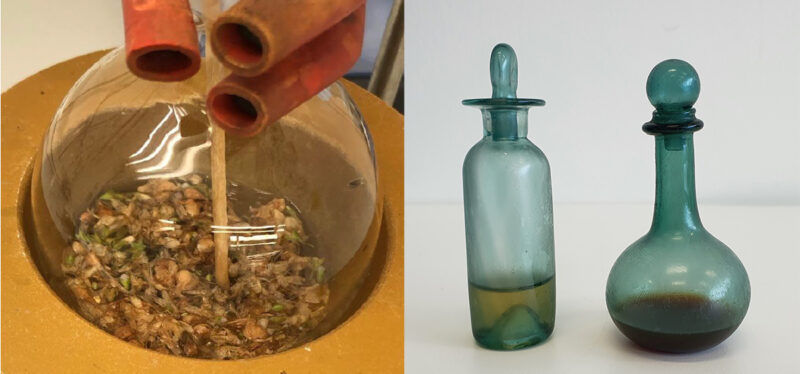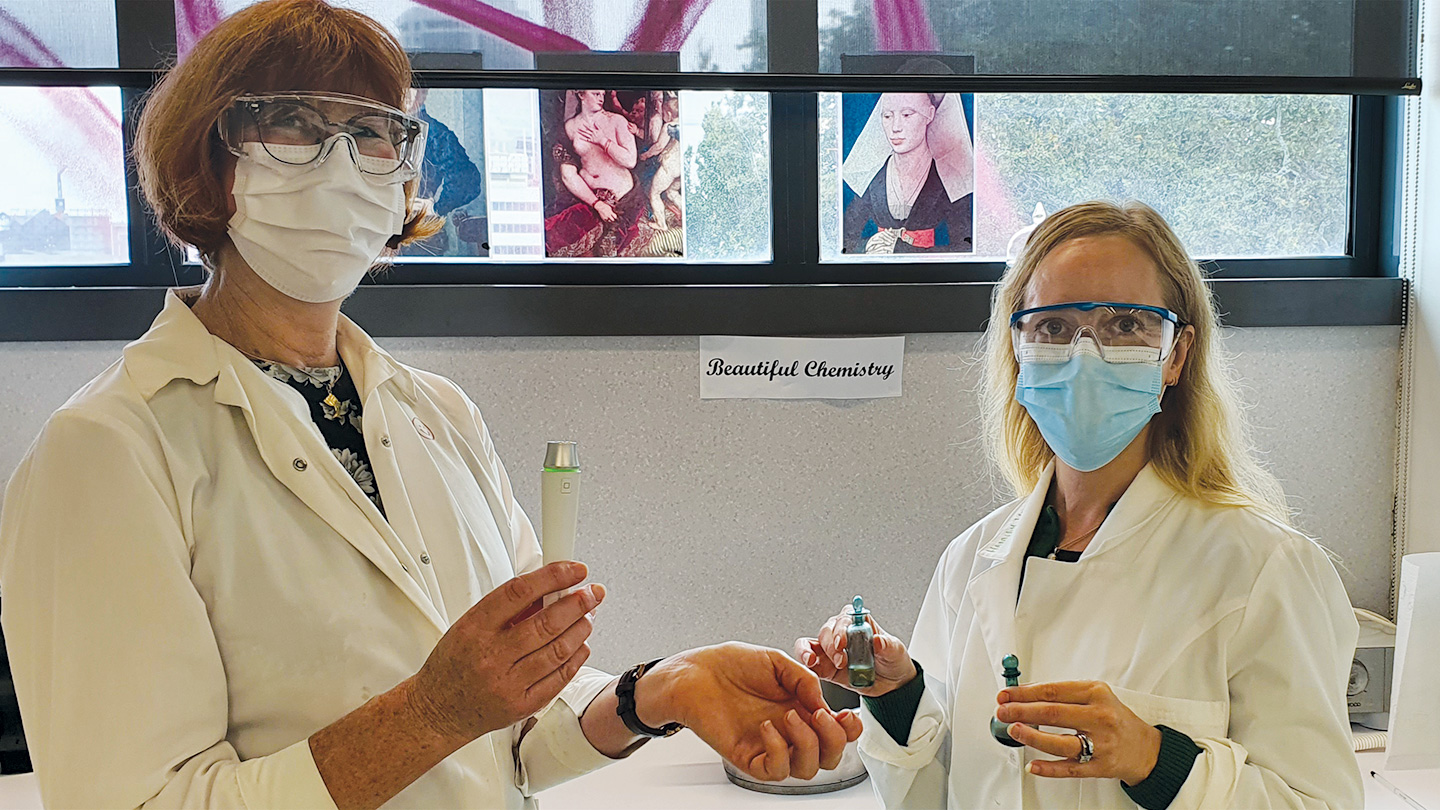Artwork historian Erin Griffey is a little bit of a magnificent maven. “I’m a type of individual who reads the backs of magnificence merchandise,” she says. That’s why, whereas engaged on an ebook about magnificence tradition in Renaissance Europe, Griffey skilled déjà vu.
She observed that many substances in magnificence recipes from the sixteenth to 18th centuries — compiled from books, beauty recipe collections, medical texts, well-being routine manuscripts, herbals, and pharmacopeias — additionally seem on fashionable magnificence packaging. For example, rosewater is utilized in fashionable skin-hydrating mists and sulfur is present in some over-the-counter zits lotions.
Such similarities are clues to what Renaissance-era individuals used the merchandise for and the way the merchandise was labored. However, they don’t seem to be the entire story. That’s as a result of the traditional recipes usually additionally record weird and even harmful substances, from bile acids and calves’ hooves to guide and the toxic bryony plant. To get a greater understanding, Griffey wished to re-create the recipes. So she turned to her colleagues on the College of Auckland in New Zealand. Thus the Lovely Chemistry Challenge was born.
The staff began with what Griffey calls “sticky recipes” as a result of they’re discovered in lots of sources all through the Renaissance interval: rosemary flowers in white wine, myrrh powder with egg white, and the velvety protecting of newly grown deer antlers with bean flour.
The recipes are typically obscure and different. So chemist Michel Nieuwoudt and her staff experiment with the measurements and procedures whereas Griffey searches numerous sources for extra clues to ingredient varieties and ratios.
“We knew we couldn’t re-create it precisely as is,” Griffey says of the recipe for rosemary flowers in white wine. “We should not have entry to the rosemary vegetation that grew 500 years in the past or the wines and no matter their chemical make-up was.” However, this legwork “enabled us to get nearer to an approximation.”
Nieuwoudt and her staff boiled rosemary flowers in round-bottom flasks every crammed with a unique resolution: candy white wine, dry white wine, ethanol in water or aqua vitae. As soon as the researchers filtered out the flowers and analyzed the ensuing mixtures utilizing gasoline chromatography and mass spectrometry, they discovered chemical compounds which can be frequent in at present’s skincare merchandise, together with soothing camphor, eucalyptol and the aromatic alcohol linalool (SN: 7/22/02).
The Renaissance-era recipe acknowledged the potion would “make the face truthful.” Nieuwoudt’s findings recommend how: by firming and moisturizing pores and skin.

The staff has additionally made progress on unlocking the secrets and techniques of myrrh powder and egg whites. Experiments recommend that myrrh attracts out proteins from egg whites and the egg whites extract resins, sugars, and volatiles from the myrrh. That leads to a serum-like product that has antiseptic and anti-inflammatory properties and doubtless stimulates collagen progress, Nieuwoudt says. “It appears there’s a synergy between all of those totally different substances, and that is why it really works.”
As for what deer velvet and bean flour could have been used for, the researchers are nonetheless teasing out outcomes. And so they have but to sort out recipes with harmful substances.
Finally, the researchers hope to good their re-creations and convey the merchandise to drug retailer cabinets — minus, after all, any unsafe substances. “I feel individuals will need to return to one thing that’s pure, and it’s additionally interesting for individuals to suppose they’re utilizing Renaissance merchandise,” Nieuwoudt says. Till then, the wonder for the researchers lies in “digging [the recipes] out and understanding them.”



